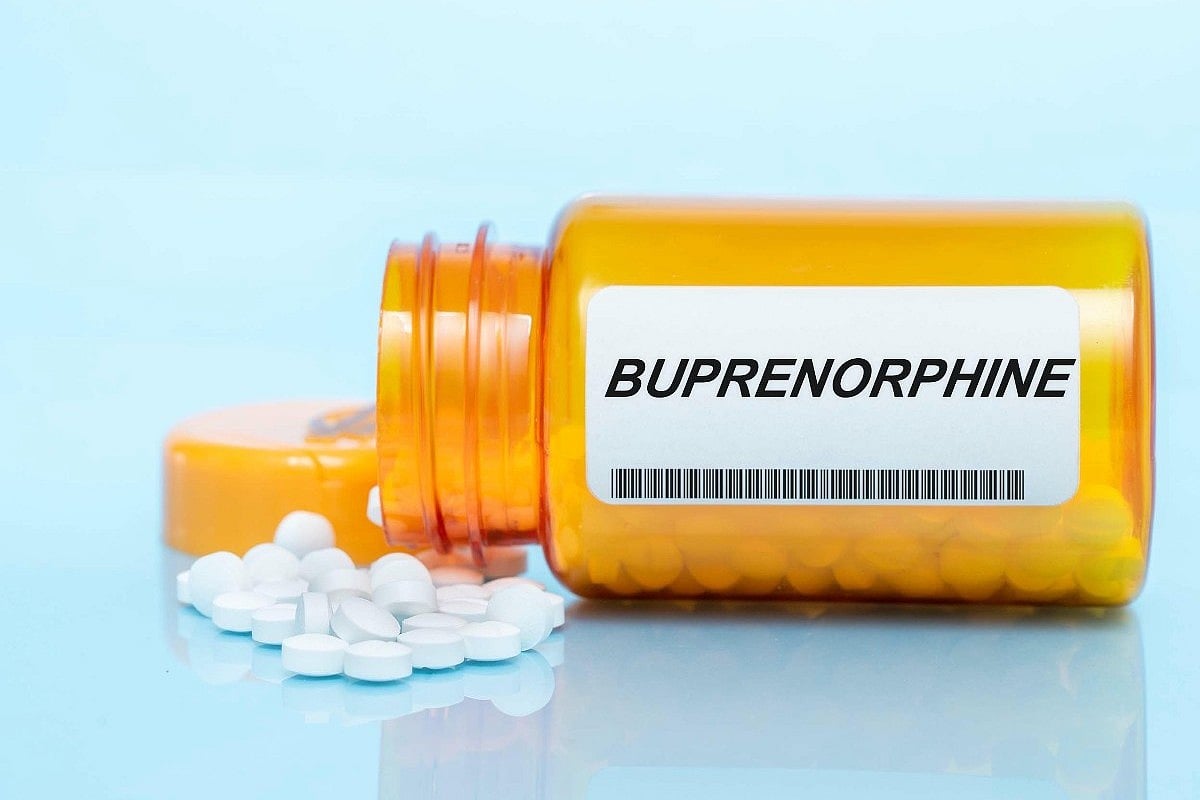Due to a recent change in our pharmacy software system, the process for submitting refill requests online has now changed.
Our previous mobile app and your current login credentials will no longer work.
Please click the Patient Portal tab to begin the new process.
Thank you for your patience during this transition.
Get Healthy!

- Posted November 20, 2025
Buprenorphine Lowers Opioid OD Risk, But Only If Taken As Directed Long-Term
The opioid addiction medication buprenorphine can dramatically lower risk of overdose among teenagers and young adults — but only if taken long-term, a new study says.
Those who kept taking buprenorphine as prescribed for at least a year were much less likely to suffer an overdose or require hospitalization due to opioid use, researchers report Nov. 18 in the journal Pediatrics.
“We are commonly asked in youth addiction treatment how long to stay on medication and how strictly it must be taken to provide protection,” lead researcher Dr. Scott Hadland, chief of adolescent and young adult medicine at Mass General Brigham for Children in Boston, said in a news release.
“Our findings suggest that maintaining high adherence for at least a year substantially reduces overdose risk,” Hadland said. “It’s a clear message to clinicians, families and youth that longer treatment saves lives.”
Buprenorphine helps with addiction by triggering the same brain receptors targeted by opioids like heroin and fentanyl, according to the Substance Abuse and Mental Health Services Administration. This diminishes the cravings produced by opioid addiction, and lowers risk of overdose.
For the study, researchers tracked nearly 12,000 young people 13 to 26 who started buprenorphine in Massachusetts between 2014 and 2020.
Results showed that those who quit buprenorphine within 3 to 9 months had an 82% higher risk of overdose compared to those who stayed on the med for a year.
Likewise, those who stopped in less than 3 months had a 76% higher risk of overdose, researchers found.
It also mattered if patients took their buprenorphine as directed.
Those who stayed on buprenorphine for a year but had spotty adherence had a 46% higher risk of OD, compared to those who stuck to their prescribed regular dose.
Many families and young people elect to discontinue buprenorphine treatment after a matter of weeks or months, once they see improvements, researchers said.
These results show that consistent, year-long use provides the greatest protection against overdose, researchers said.
“Opioid use disorder is a condition that can come and go over the course of several years,” Hadland said. “Staying on treatment longer — even when things feel better — may prevent relapse and save a young person’s life.”
Treatment centers, doctors and insurers can help by prescribing long-acting injectable buprenorphine and providing more support for young people who have mental illness or housing instability alongside their opioid use disorder, Hadland added.
“Amid the fentanyl era, short-term treatment is simply not enough,” said Hadland. “Clinicians, insurers, and health systems should do everything possible to help young people continue medication for at least a year or longer. This is a key step toward reducing youth overdose deaths.”
More information
The Substance Abuse and Mental Health Services Administration has more about buprenorphine.
SOURCE: Mass General Brigham, news release, Nov. 18, 2025







